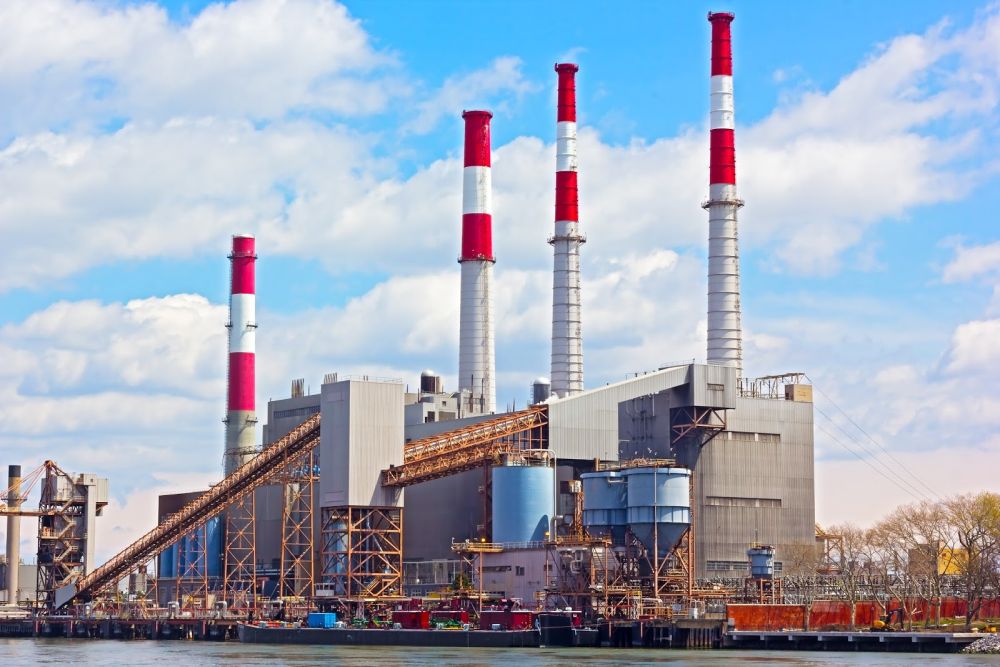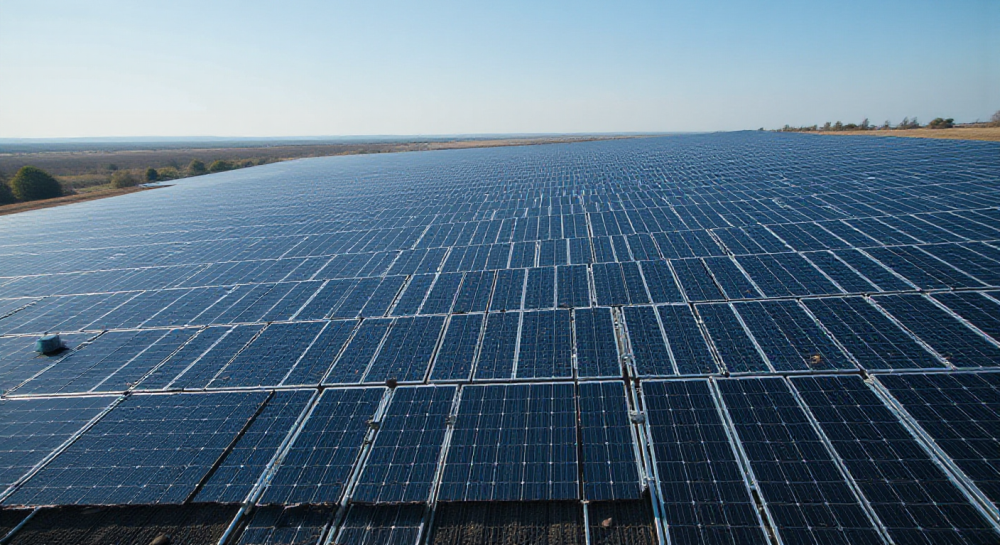The AI revolution is reshaping industries at an unprecedented pace, but it’s also creating a massive energy challenge. With AI systems like ChatGPT requiring significantly more power than traditional searches, concerns are mounting over how the United States can sustainably support the boom. The White House recently hosted a groundbreaking meeting with top AI executives, including OpenAI’s Sam Altman and Google’s Ruth Porat, to discuss solutions for powering the future of AI while safeguarding the nation’s infrastructure.

AI’s insatiable thirst for energy is forcing business leaders and government officials to confront an unexpected hurdle: the risk of overburdening America’s aging power grid. The International Energy Agency reports that a single ChatGPT request uses ten times more electricity than a standard Google search. Goldman Sachs predicts AI will drive a 160% increase in power demand from data centers by 2030, making this issue impossible to ignore.

The Biden-Harris administration is determined to lead this transition responsibly, aligning AI advancements with clean energy initiatives. Energy Secretary Jennifer Granholm and Commerce Secretary Gina Raimondo were among the officials at the White House meeting, where discussions focused on building sustainable AI infrastructure, from power generation to semiconductor manufacturing. These efforts aim to strike a balance between advancing AI and reducing its environmental impact.

As the stakes rise, companies like OpenAI are already investing in green solutions. Sam Altman, who is also backing solar energy startup Exowatt, is pushing for innovations that could shrink AI’s carbon footprint. The collaboration between the tech industry and the government offers a path forward, ensuring the United States can maintain its leadership in AI while addressing the environmental challenges it creates.

#AI #ArtificialIntelligence #EnergyCrisis #Sustainability #CleanEnergy #TechNews #PowerGrid #AILeadership #GreenTech #BidenAdministration
